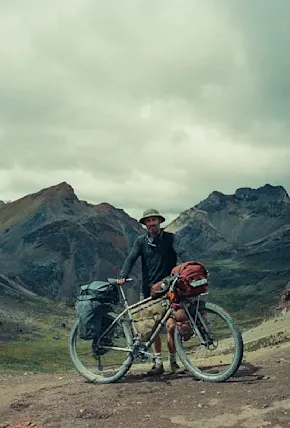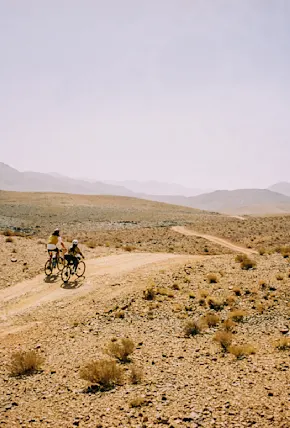words and photography by Jean-Marc Joseph, contributor to Eldorado
Thick forests, fjords, glaciers, canals, lakes, steep mountains, volcanoes, wild rivers, and ever-changing weather conditions is what to expect on the Carretera Austral, the name given to Chile's Route 7. The gravel road runs for 1240 km, offering access to the unique land and most remote part of Patagonia occupied by a scarce population of only 100k people in total. As a result, the region retains a spectacularly rugged, unspoiled environment and a strong unique identity.
Construction of the Carretera Austral started in 1976 under the dictatorship of Augusto Pinochet and took no less than 20 years, 10,000 soldiers and $300 million US to achieve this titanic work of engineering. Though work on the Carretera Austral has never ended. Heavy machines, trucks, and working men are constantly maintaining the road, fighting against the forces of Nature. But not only is the road being maintained, it is also slowly being paved. The difference between a gravel road and an asphalted road is tremendous when it comes to the impact on the environment, and on the relation one can have with nature. After the pavement, the lifestyle of the population living along the Carretera Austral will never be the same again. For better and for worse.























